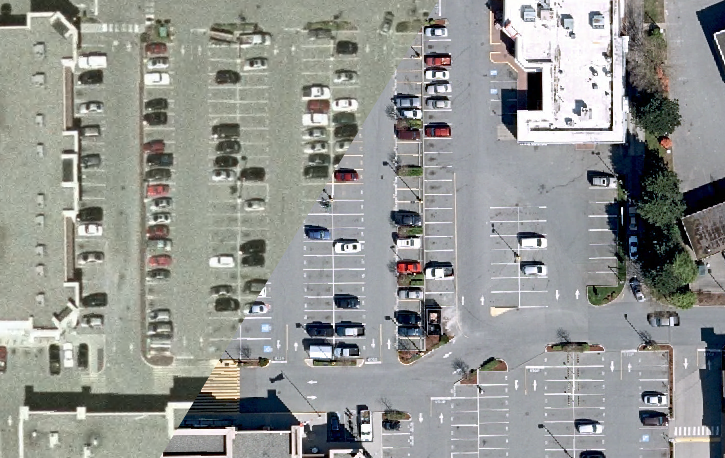9th Annual General Meeting OpenStreetMap Foundation
Posted by pnorman on 8 November 2015 in English.Repost of https://lists.openstreetmap.org/pipermail/osmf-talk/2015-November/003452.html
This is the announcement of this year’s Annual General Meeting. The official announcement has been sent to member’s emails already, but more people may notice this.
The PDF attached to those emails had the wrong month for cut-off for nomination and start of voting. This PDF has corrected information
The 9th Annual General Meeting of the OpenStreetMap Foundation will be held online in the IRC chat room #osmf-gm on the IRC network irc.oftc.net, at 1600 UTC on Saturday, 05 December 2015. You do not need to attend the meeting to vote.
The agenda is included in the the PDF and can also be viewed here: http://wiki.osmfoundation.org/wiki/Annual_General_Meetings/15
Information about email voting will be sent in due course, and voting will open one week before the AGM.
I will be sending out additional information on standing for the board election.Board nominations close two weeks before the AGM. Someone else or myself will send information on the special resolution.
Only regular members can vote on the special resolution or be on the board. If you wish to change your membership status from associate member to regular member, please don’t wait until the last minute.
On behalf of the Board, I am looking forward to our Annual General Meeting







